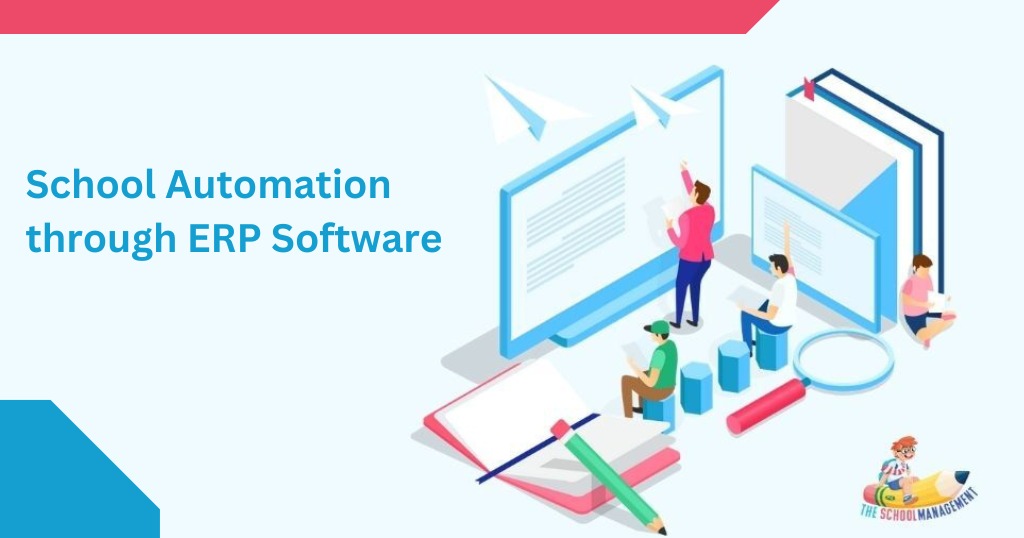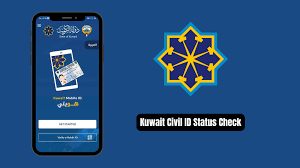Facilitating Stakeholder Collaboration through Integrated School ERP Systems

Introduction
In the evolving landscape of education, stakeholders’ collaboration—encompassing administrators, teachers, students, and parents—has become paramount. Integrated ERP for schools facilitates this symbiosis, offering a unified platform that optimally synergizes various elements of educational management and communication.
The Imperative Need for Stakeholder Collaboration
- Synchronized Functioning
In an environment where multiple entities operate, ERP for school ensures synchronized functionality, amalgamating varied operational strata to foster a cohesive educational ecosystem.
- Uninterrupted Communication
Seamless interaction among educators, students, parents, and administrators is pivotal for conducive learning spaces, and integrated ERP systems guarantee this communicative fluidity.
Eradicating Information Silos through ERP
- Centralized Data Management
Centralizing data through ERP for schools eliminates information silos, enabling stakeholders to access pertinent information promptly and efficiently.
- Real-time Data Accessibility
Ensuring that all stakeholders have real-time access to relevant data enhances decision-making and promotes a transparent operational ethos.
Bolstering Administrative Efficiency
- Streamlined Administrative Operations
By automating and centralizing administrative functionalities, ERP for school streamlines operations, freeing up resources and time.
- Simplified Resource Management
The integrated ERP systems ensure optimal utilization and management of resources, enhancing operational efficacy.
Enhancing the Teaching-Learning Paradigm
- Facilitating E-Learning
ERP systems not only manage but also often host e-learning modules, creating an integrated platform that amalgamates administrative and academic functions.
- Automated Grading and Reporting
Automated grading and reporting via ERP for schools diminishes the administrative burden on educators, allowing them to focus on pedagogical responsibilities.
Parental Involvement and Transparency
- Transparent Communication Channels
Through dedicated portals and communicative interfaces, ERP systems keep parents informed and involved in their child’s academic journey.
- Facilitating Parent-Teacher Interaction
Ensuring parents and teachers can easily communicate fosters a supportive environment for students’ academic and personal growth.
Security and Confidentiality
- Robust Data Security
Securing sensitive data is pivotal, and integrated ERP for school systems employ robust security protocols to safeguard information.
- Confidential Communication
Facilitating a platform for confidential communication among stakeholders ensures sensitive matters are discussed and resolved securely.
Data-Driven Decision Making
- Analytical Insights
ERP systems offer analytical insights derived from the amassed data , and aiding administrators and educators in informed decision-making.
- Forecasting and Planning
By analyzing trends and past data, ERP for schools helps in forecasting needs and strategizing future actions effectively.
- Information Sharing: ERP systems serve as a centralized hub for information sharing. Students, parents, teachers, and administrative staff can access important data, schedules, announcements, and educational resources, making communication and information retrieval more efficient.
- Communication Tools: These systems often include built-in communication tools, such as messaging, email, and discussion forums, enabling stakeholders to interact directly and efficiently, even outside of regular school hours.
- Academic Progress Monitoring: Parents can monitor their child’s academic progress in real time through integrated gradebooks and assessment records. This transparency fosters productive discussions between parents and teachers about a student’s performance.
- Attendance Tracking: Integrated ERP systems offer features for tracking student attendance. This not only helps ensure students’ punctuality but also allows parents to stay informed about their child’s attendance record.
- Homework and Assignment Tracking: Students and parents can access homework assignments and deadlines through the ERP system. Teachers can also provide timely feedback, fostering a collaborative approach to learning.
Conclusion
The comprehensive nature of ERP for schools doesn’t merely streamline operations but also serves as a conduit, connecting various stakeholders and facilitating a harmonious educational ecosystem. By integrating operations, communications, and data management into a single platform, it ensures synchronized functionality and collaborative decision-making among all entities involved. Thus, adopting an integrated ERP for school system is not just a technological upgrade but a strategic move towards fostering an environment of collaborative efficacy, transparency, and optimized operational management within the educational milieu.




